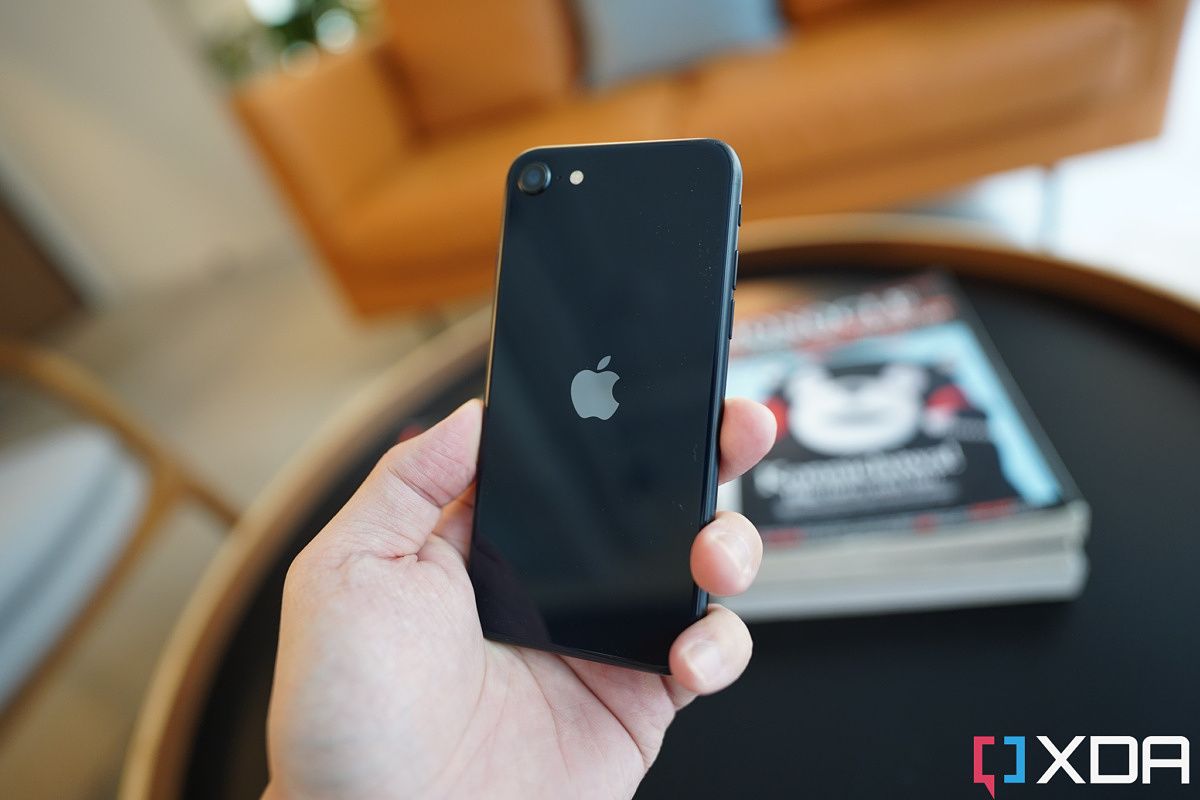According to a new report by Ming-Chi Kuo, Apple has sent out instructions to suppliers effectively canceling the iPhone SE 4. It was previously reported that production of the next generation iPhone SE could be postponed or canceled. While this cancelation could change in the future, for now, we shouldn't expect a new mid-range smartphone from Apple anytime soon. As a result of this, Apple's in-house baseband processor has also been put on the back burner as it was reportedly set to make its debut in the upcoming iPhone SE.
Apparently, Apple's in-house baseband processor was going to be used for the first time in the iPhone SE 4. The company was reportedly looking to test its in-house chip in the mid-range iPhone, then adopt it to its higher-end models like the iPhone 16 series. Since the iPhone SE 4 is now canceled, it looks like Qualcomm will resume its position of providing Apple with baseband chips for the time being. Previous reports stated that Qualcomm would lose some of its business when Apple moved over to its own baseband silicon, now it should be in a much stronger position for the next few years.
While sales of mid-range phones has never been great, Apple's most recent move might have been brought on by current and future economic conditions. While that may be the case, it also solidifies that despite the outcries from people wanting a smaller more powerful device, people just weren't opening up their wallets for this type of smartphone. Colleague Ben Sin expanded on this in his most recent report, stating that the only reason this kind of product exists is that US doesn't face a lot of competition from smartphone manufacturers in Asia, which tend to produce excellent lower priced smartphone models that pack more bang for buck.
For the time being, both the iPhone Mini and iPhone SE have been put to rest. But, Apple does have a lot of products ready to go for 2023. While some products are expected, this year could be a very interesting one for Apple, as it moves more of its products to use its own silicon and actually brings the iPhone into the modern age with the adoption of USB-C.
Source: Ming-Chi Kuo (Medium)

